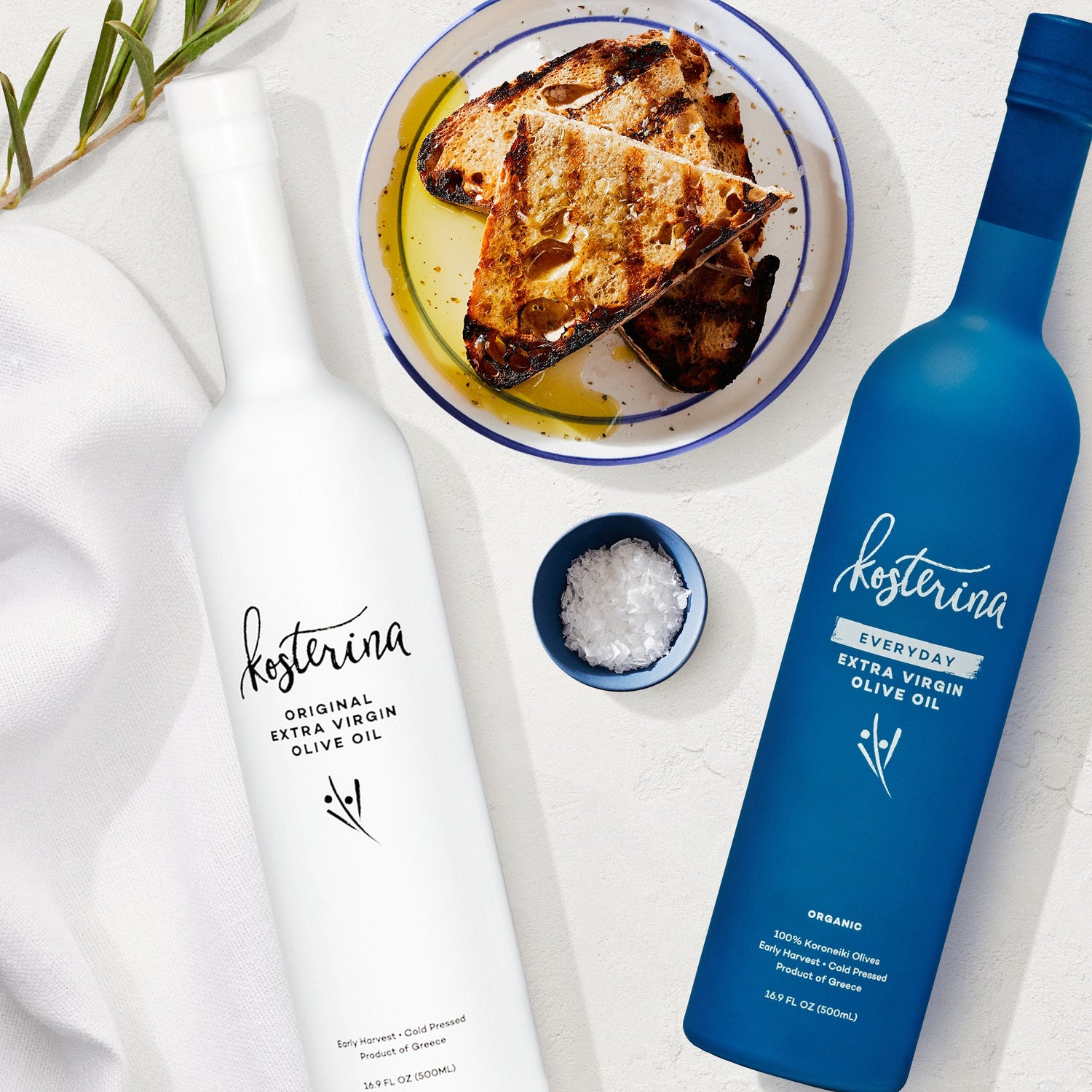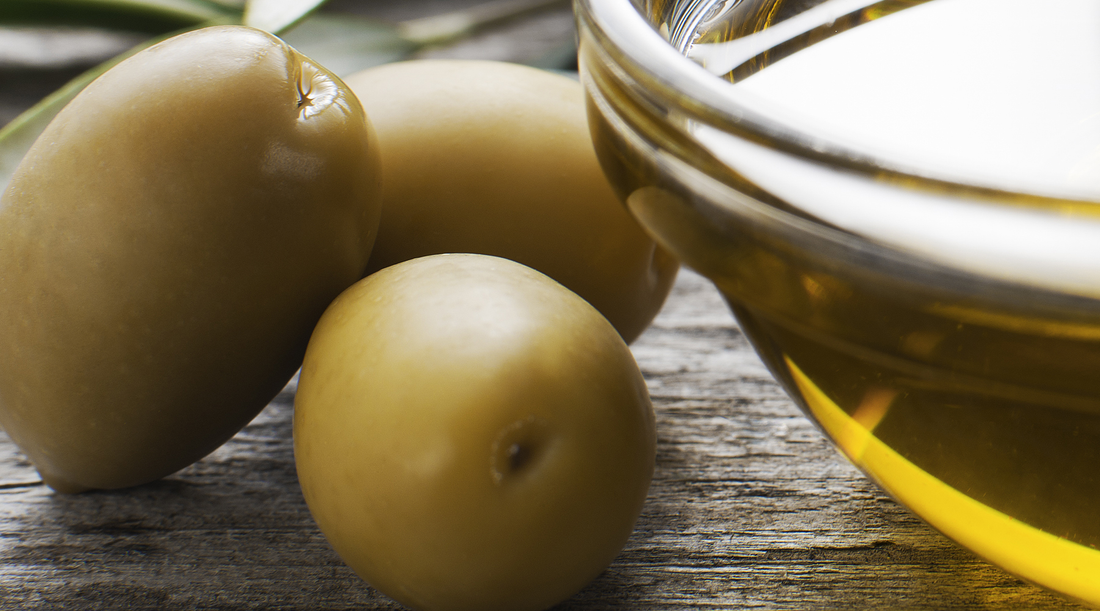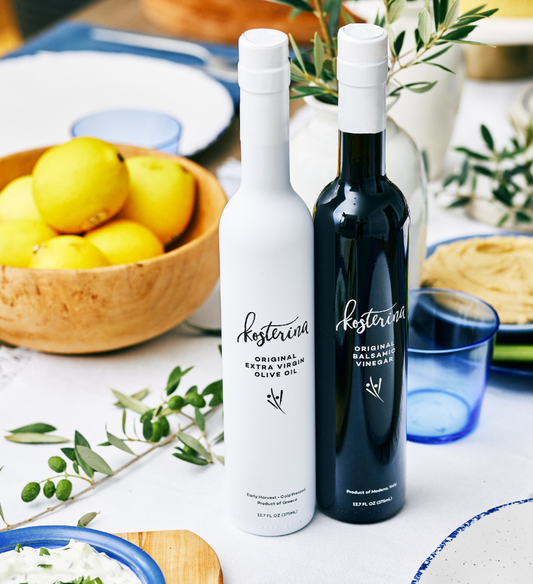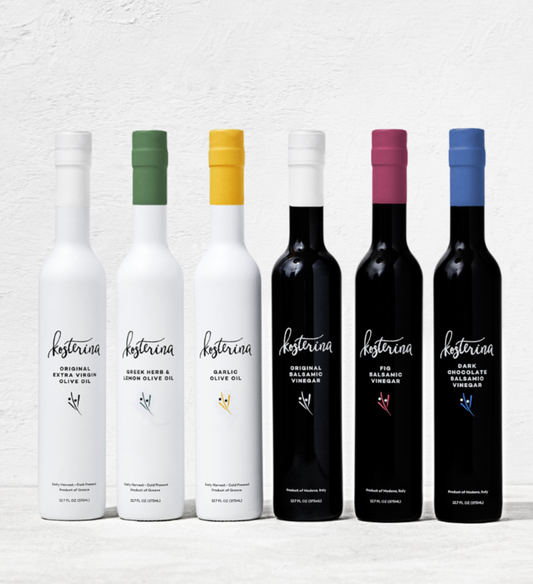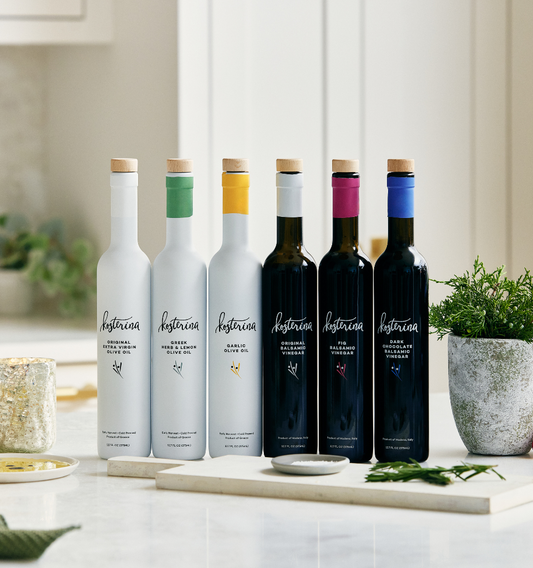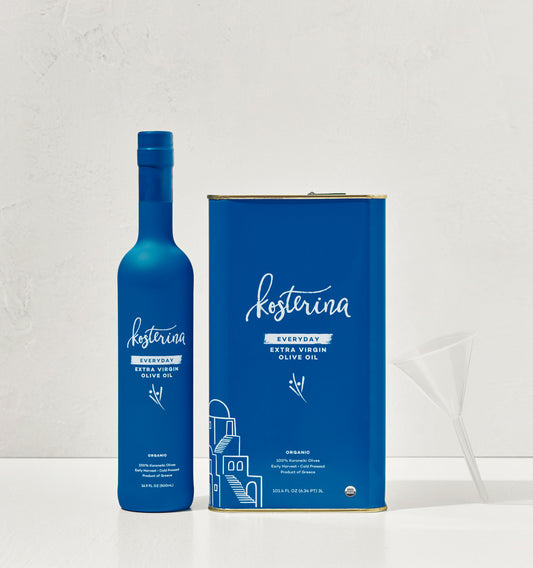Don’t be deceived by the labels.
Since we know olive oil fraud is widespread across the world [learn more about olive oil fraud here], you’re probably wondering how you can actually tell if the olive oil bottles on supermarket shelves are actually “extra virgin.” Many manufacturers mislabel their bottles as “extra virgin,” but in reality, the oil has either been tampered or diluted with sunflower, soybean, or other nut oils, or they’re low-grade oils that have been disguised with chemicals like chlorophyll and beta-carotene to trick consumers.
The fact is—especially for American consumers—we’re so used to fake extra virgin olive oils that we’d have a hard time tasting the difference. But if you keep buying the fake stuff, you won’t be able to reap the health benefits of extra virgin olive oil, like protecting against heart disease, inflammation and high blood pressure. You’d just be consuming fat, instead of healthy fat.
So how can you tell if the olive oil is 100 percent authentic? Take a look at these simple ways below:
1. Smell and Taste It
True olive oil should smell fresh, like grass or something fruity. Avoid something that smells musty or rancid, or even odorless. In addition to smell, when you’re tasting olive oils, you should recognize hints of grass, fruit, and almond. Plus, it’s a good sign if the oil tastes a bit bitter (but not too much) and also has a peppery taste as well (you might be able to feel it in the back of your throat). Don’t worry so much about color—it can be everything from a greenish or straw hue.
2. Look at the Batch Date
This is not the same as an expiration date. Look at the bottle’s label for a “batch date,” "bottled date" or or “harvested date” that’s within 18 months. If it only has an expiration date and nothing else, you might want to consider not purchasing it because you could be purchasing olive oil that has been produced or bottled years before.
3. Pay Attention to How It’s Bottled
Olive oil should be stored in a dark, cool place, so if the bottle is clear, you’ll want to stay away from that brand. A darker bottle will help preserve the olive oil. Additionally, the olive oil should be packaged in a glass bottle—a plastic bottle is too porous to protect if from heat, light, or moisture. Since you want to consume the olive oil pretty quickly after opening the bottle, don’t feel pressured to buy a big bottle in order to save money.
4. Read Labels Carefully
Just because the olive oil says it was “packed” or “bottled” in a certain location, doesn’t mean the olives were grown there, or even that the oil was produced there. Olive oil could be made in a different country and then sent to Italy or Greece for bottling. Look at the label to find out exactly where the olive oil was produced. In addition, the label should say “extra virgin,” and avoid any terms like “pure,” “light,” or “olive pomace oil”—that means it’s been chemically refined.
5. Price
“Early harvest” olive oil (which has the highest level of healthy polyphenols) is oil squeezed from the olive before the olive is ripe. An unripe olive yields much less olive oil but much higher quality oil. Since the manufacturer yields much less oil it makes the “juice” more expensive. If you’re buying at the grocery store, pay attention to the label and avoid bargain prices. Unfortunately, if it’s cheap, it might not be genuine olive oil—so think of it as an investment in your health!
With Kosterina olive oils, you’ll always know you’re getting true, 100% organic, early harvest, high polyphenol content, extra virgin olive oil. Our olive oil is made in Greece. The olive trees and seeds used for production originate in Koroni, Greece, and the olives are grown in Crete. The oil is made from a single blend of Greek olives in small batches. When you purchase a bottle of our olive oil, you know you’re getting high-quality olive oil with amazing taste so you can happily recommend it to family and friends.
